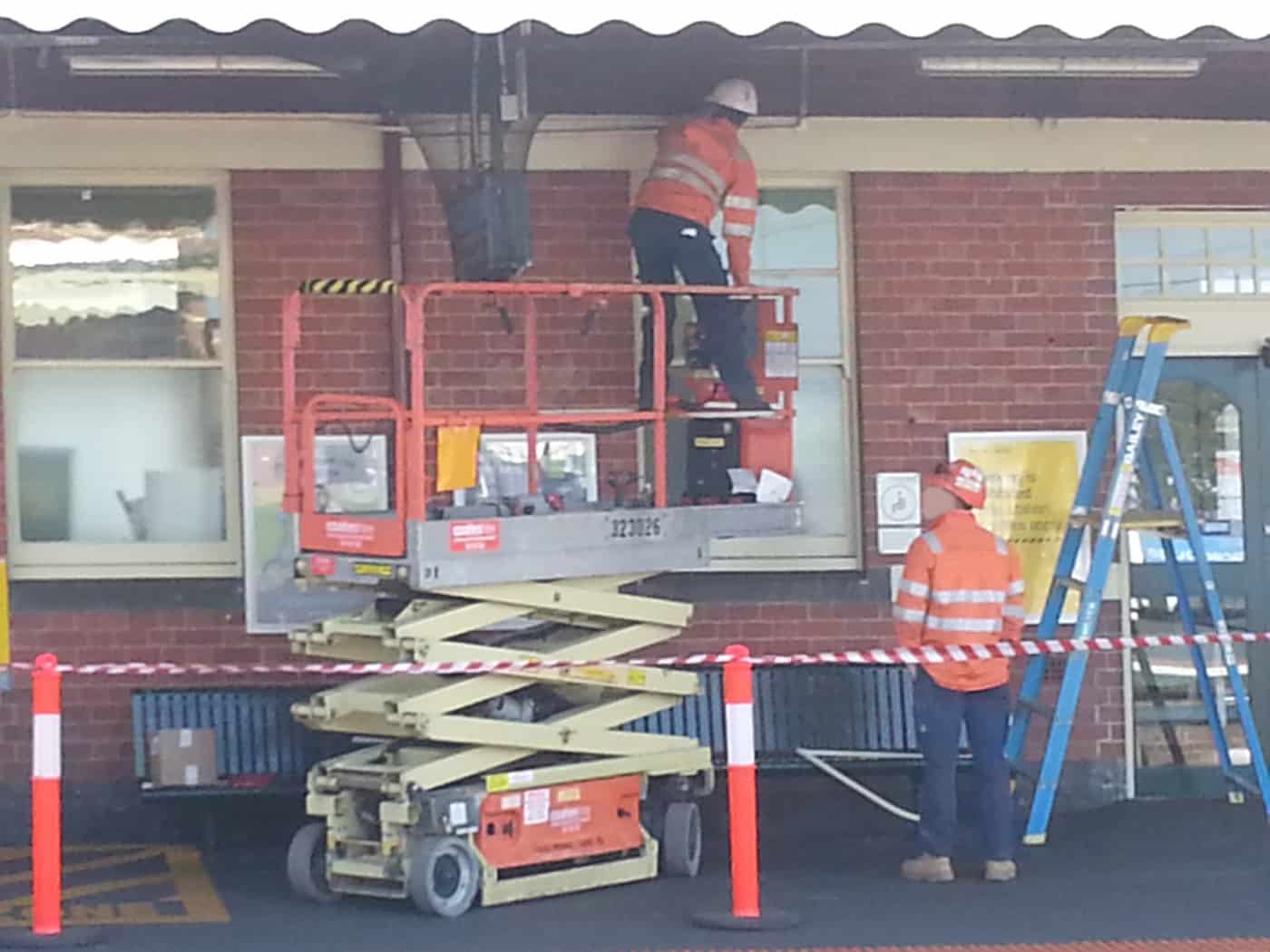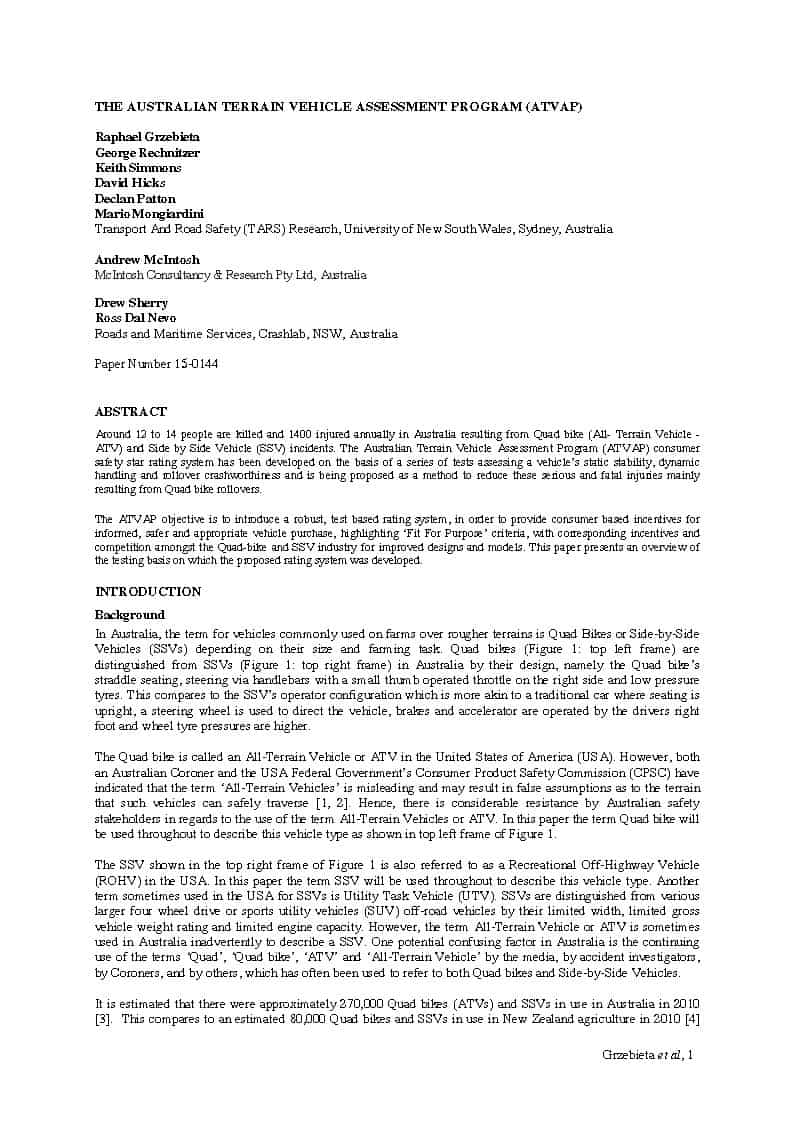The last three of Radio National’s WorkLife podcasts have been uploaded. Episode 4, focusses on occupational health and safety (OHS) and is based around interviews with myself, Kevin Jones, and Professor Niki Ellis. Continue reading “WorkLife podcast addresses OHS”
Category: ergonomics
OHS benefits of motion sensors and contemporary anthropometry
Several years ago, at a workshop over the development of the next Australian National Strategy for occupational health and safety (OHS), participants were asked to forecast an issue that would appear or be useful in the next decade. I suggested sub-dermal implants that would record or transmit real-time health data. My suggestion was received with laughter and a little bit of horror.
The sub-dermal implants for OHS monitoring are yet to occur but the electronic collation of important health data has progressed to a high level of relevance. This not only involves measuring body stresses but the bodies themselves. Continue reading “OHS benefits of motion sensors and contemporary anthropometry”
Time to reassess our approaches to machinery safety
 Talking about workplace safety and machine manufacturing is unfashionable, perhaps because Australia’s manufacturing capacity is in strong decline. And occupational health and safety (OHS) seems preoccupied at the moment with psychosocial hazards and wellness. But one Australian researcher, Elizabeth Bluff, has undertaken an empirical study of safety attitudes, motivations and practice in the manufacturing and OHS regulatory sectors and produced a remarkable book that needs to be read by everyone involved with workplace health and safety.
Talking about workplace safety and machine manufacturing is unfashionable, perhaps because Australia’s manufacturing capacity is in strong decline. And occupational health and safety (OHS) seems preoccupied at the moment with psychosocial hazards and wellness. But one Australian researcher, Elizabeth Bluff, has undertaken an empirical study of safety attitudes, motivations and practice in the manufacturing and OHS regulatory sectors and produced a remarkable book that needs to be read by everyone involved with workplace health and safety.
Bluff writes
“In illuminating the mechanisms underlying manufacturers’ responses for machinery safety the research also makes wider conceptual and theoretical contributions. It provides insights into knowledge and motivational factors as principal elements shaping firm performance for social and regulatory goals, and advances understanding of how these elements are constituted in the everyday operations of firms and their interactions with external actors.” (page 3)
Continue reading “Time to reassess our approaches to machinery safety”
Scissor Lifts and safety

Workers in scissor lifts often step on railings or overreach placing themselves at risk of falling. These actions are contrary to the use of plant as usually recommended by manufacturers and to the usual requirements in an occupational health and safety (OHS) management plan for working in the rail environment.
The actions in these photographs occurred on a Melbourne railway station and in an industry that this author has worked in for the last six years. Photographs never show the entire facts of a situation and there are many assumptions and what-if scenarios about which these photos could, and should, start discussions. The following discussion of occupational health and safety management issues focuses on the facts presented by the photos*.
More care needed in discussing workplace mental health and mental illness
Writing about workplace mental health is a tricky task. An article recently posted to Business News Western Australia shows how tricky it can be and how mental health can be misinterpreted as mental illness.
The headline, “Are you one of the 20% of workers that will experience a mental health issue?” clearly refers to workers but the first sentence of the article does not. “Australian adults” are not all “workers”.
Out of the total population of around 24 million Australians, Wikipedia estimates the working-age population of Australia (15 – 64 years) at round 67% (16 million, approximately). If we apply these statistics to the headline, there are 3.2 million workers who “will experience a mental health issue”. But is this annually, over one’s working life or over a lifetime? The article does not say.
Not only are the statistics messy, so is the terminology.
New research lays down the challenge on quad bike safety
 In June 2015 a research report was presented to a traffic safety conference in Gothenburg, Sweden that is set to reignite the debate on quad bike or all terrain vehicle (ATV) safety in Australia.
In June 2015 a research report was presented to a traffic safety conference in Gothenburg, Sweden that is set to reignite the debate on quad bike or all terrain vehicle (ATV) safety in Australia.
The paper entitled “The Australian Terrain Vehicle Assessment Program (ATVAP)” (Paper No.15-0144-W in the Technical Papers section of the
Standing desks distract from systemic analysis
The media’s focus on standing desks continues in Australia with the PM radio program on 7 May 15 stating:
“If you thought those standing desks, and even the newer treadmill desks, were a fad, think again.”
This compounds the continuing distraction from organisational causes to individual adaptability and encourages short-term thinking on occupational health and safety (OHS) issues.
The radio program built a report around some very useful research data released by the Heart Foundation which, amongst other findings, stated:
“More than one in two Australian workers reported that they do not do enough physical activity to be healthy. In fact, one in four Australian workers does very little or no physical activity at all. The most common reasons Australian workers are not physical active is due to lack of time, a lack of enjoyment when doing physical activity or simply would prefer to do other things than undertaking physical activity.”
Sedentary behaviour is an acknowledged risk factor in various chronic diseases and the Heart Foundation should be commended for providing further evidence. But there is no mention of standing desks in the Foundation’s media release or
